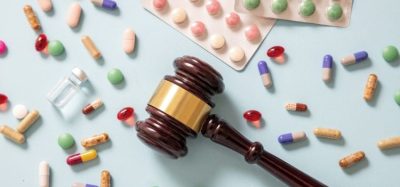Protein map using MS-based analysis shared in open database
Posted: 11 January 2019 | Nikki Withers (European Pharmaceutical Review) | No comments yet
Study using mass spectrometry-based analysis provides a greater understanding of the cell and a comprehensive map of cell proteins…


Researchers have developed a mass spectrometry (MS)-based analysis pipeline that generates a proteome-wide view of subcellular localisation for proteins mapping to 12,418 individual genes across five cell lines.
The information has been compiled in a database that is accessible to researchers around the world.
The method of analysis, which has been published in Molecular Cell, can also provide in-depth knowledge of disrupted cell function in cancer and other diseases, according to the researchers.
The team investigated the effect of alternative splicing and protein domains on localisation, complex member co-localization, cell-type-specific localization, as well as protein relocalisation after growth factor inhibition based on more than 83,000 unique classifications and correlation profiling.
“Our analysis provides information about the cellular architecture and complexity of the spatial organisation of the proteome,” says Janne Lehtiö, professor at the Department of Oncology-Pathology at Karolinska Institutet in charge of the study. “We show that the majority of proteins have a single main subcellular location, that alternative splicing rarely affects subcellular location, and that cell types are best distinguished by expression of proteins exposed to the surrounding environment.”
Lehtiö says that the can be used to study whether certain diseases, such as cancer, are caused by dislocated proteins that disturb normal cell functions. “It is also possible to study how cell proteins move from one location to another when the cell’s external milieu changes.”
Lukas Orre, researcher at the Department of Oncology-Pathology at Karolinska Institutet and principal author of the study, adds: “The method also allows the published database to be expanded by other researchers worldwide, with the aim of mapping the cell’s architecture and protein functions in more detail.”
The study, in combination with another Swedish project, the Human Protein Atlas, that has systematically mapped the human proteome, provides a greater understanding of the cell and a comprehensive map of cell proteins.
Related topics
Analytical techniques, Mass Spectrometry, protein structure, Proteins, Proteomics, Research & Development (R&D), Spectroscopy









